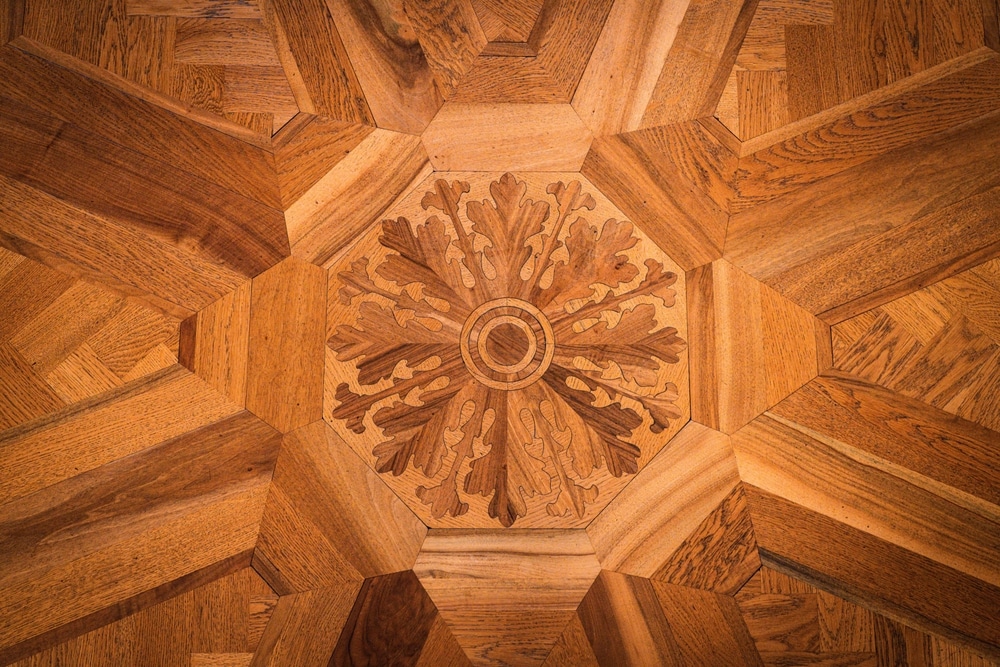London:
Nationwide:
The Difference Between Screening and Sanding Your Floors
Posted on January 15, 2024
Floor sanding techniques
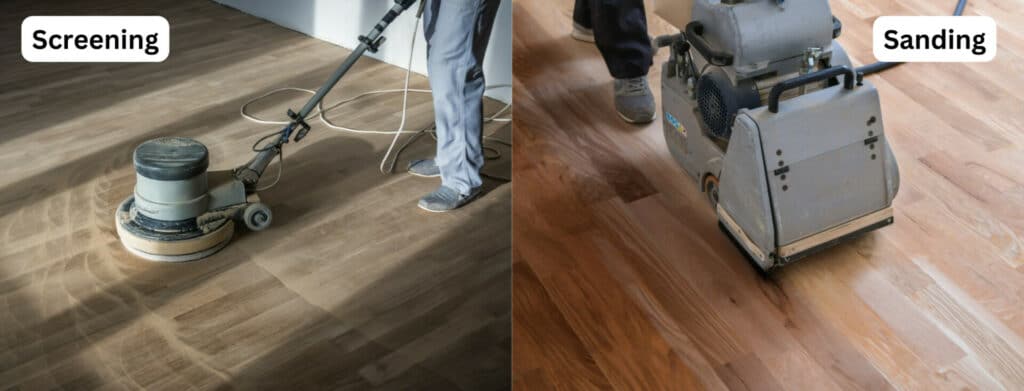
Understanding the Key Differences: Screening vs Sanding Wooden Floors
Welcome to our comprehensive guide, “The Difference Between Screening and Sanding Your Floors.” This blog post is dedicated to helping homeowners, DIY enthusiasts, and professionals understand the distinct processes and benefits of screening wood floors and sanding wooden floors. Whether you’re planning to revitalise an old floor or contemplating a full-scale renovation, understanding these techniques is crucial for achieving the best results.
Floor maintenance is an essential aspect of preserving the beauty and longevity of your wooden floors. Over time, floors endure wear and tear, losing their shine and smoothness. This is where screening and sanding come into play. These methods are not only about aesthetics but also about protecting and extending the life of your floors.
In this post, we’ll dive deep into what floor screening and sanding entail, including their specific purposes, benefits, and appropriate scenarios for each. We aim to equip you with the knowledge to decide which method is best suited for your flooring needs. By understanding these differences, you can make informed decisions and ensure your floors remain a beautiful and durable part of your home for years to come.
Stay with us as we explore each topic in detail, providing you with a clear and thorough understanding of screening and sanding. Whether you’re a seasoned DIYer or considering these options for the first time, this guide will serve as a valuable resource for your flooring project.

Understanding floor screening
Floor screening is a less invasive method of refreshing and maintaining your wooden floors, primarily used to revitalise the finish rather than alter the wood itself. This section delves into what floor screening is, when it’s the best choice, and the benefits it offers.
Floor screening, also known as buffing, is a process that involves lightly abrading the top layer of a floor’s finish. This is typically done using a floor buffer with a fine-grit screening pad. The primary purpose of this technique is to remove superficial scratches and scuffs, preparing the floor for a new coat of finish. Unlike sanding, screening does not remove significant layers of wood or finish, making it a gentler option.
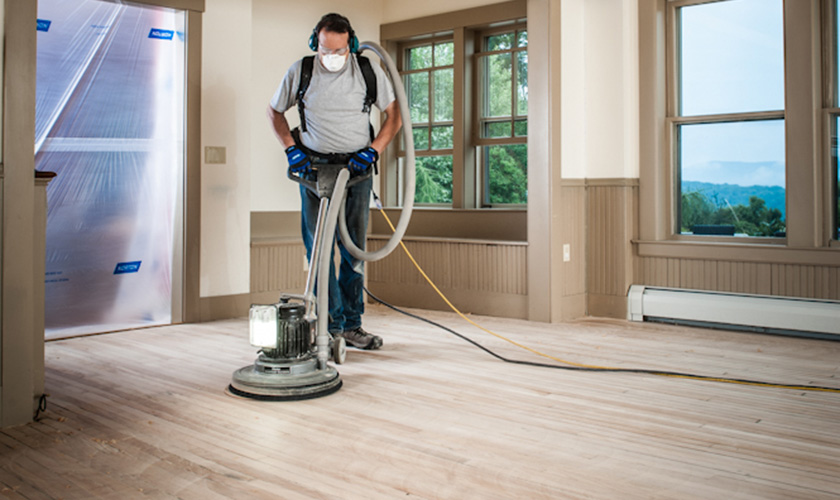
When to Choose Screening
Wood Floor Screening is ideal in situations where the floor’s underlying wood is in good condition but the finish has become dull or slightly damaged. It’s a great choice for regular maintenance to keep floors looking fresh without the need for a more intensive sanding process. Screening is often recommended for floors that:
- Have minor surface scratches or dullness.
- It requires a new coat of finish or polish.
- Do not have deep damage or significant wear.
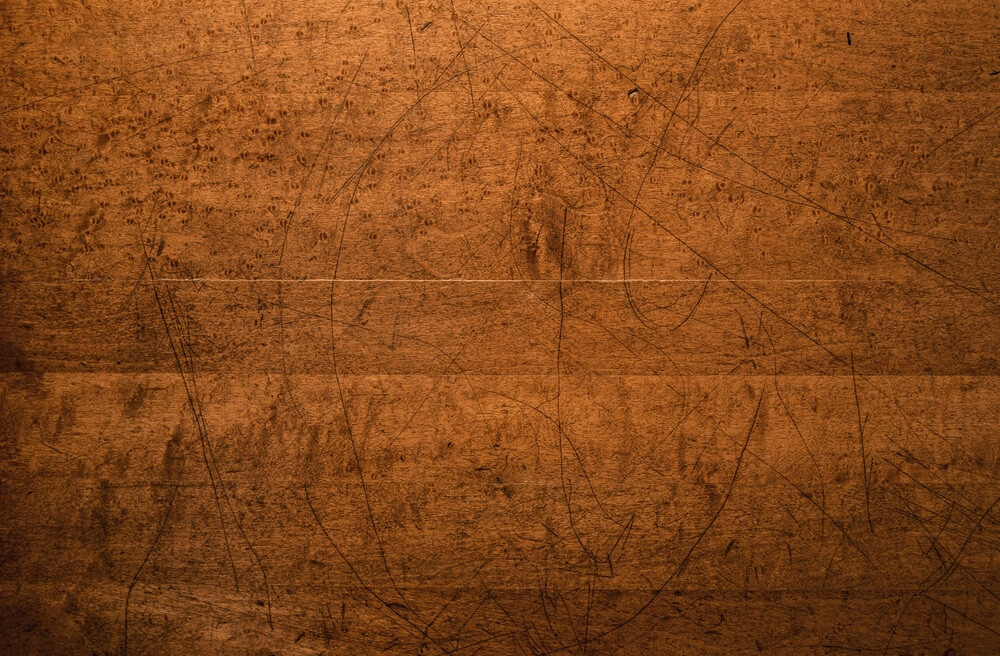
Benefits of screening
Screening offers several advantages, making it an attractive option for many homeowners:
- Less intrusive: It’s less aggressive than sanding, preserving more of the wood and finish.
- Cost-effective: generally more affordable than full sanding, as it’s a quicker and simpler process.
- Quick and Convenient: Screening can often be completed faster than sanding, minimising disruption in your home.
- Longevity: Regular screening can extend the life of your floors by preventing the need for more extensive repairs.
By understanding the purpose and advantages of floor screening, you can make an informed decision about whether this method is right for your flooring maintenance needs. It’s a valuable tool in the arsenal of floor care, providing a way to keep your floors looking their best with minimal effort and expense.
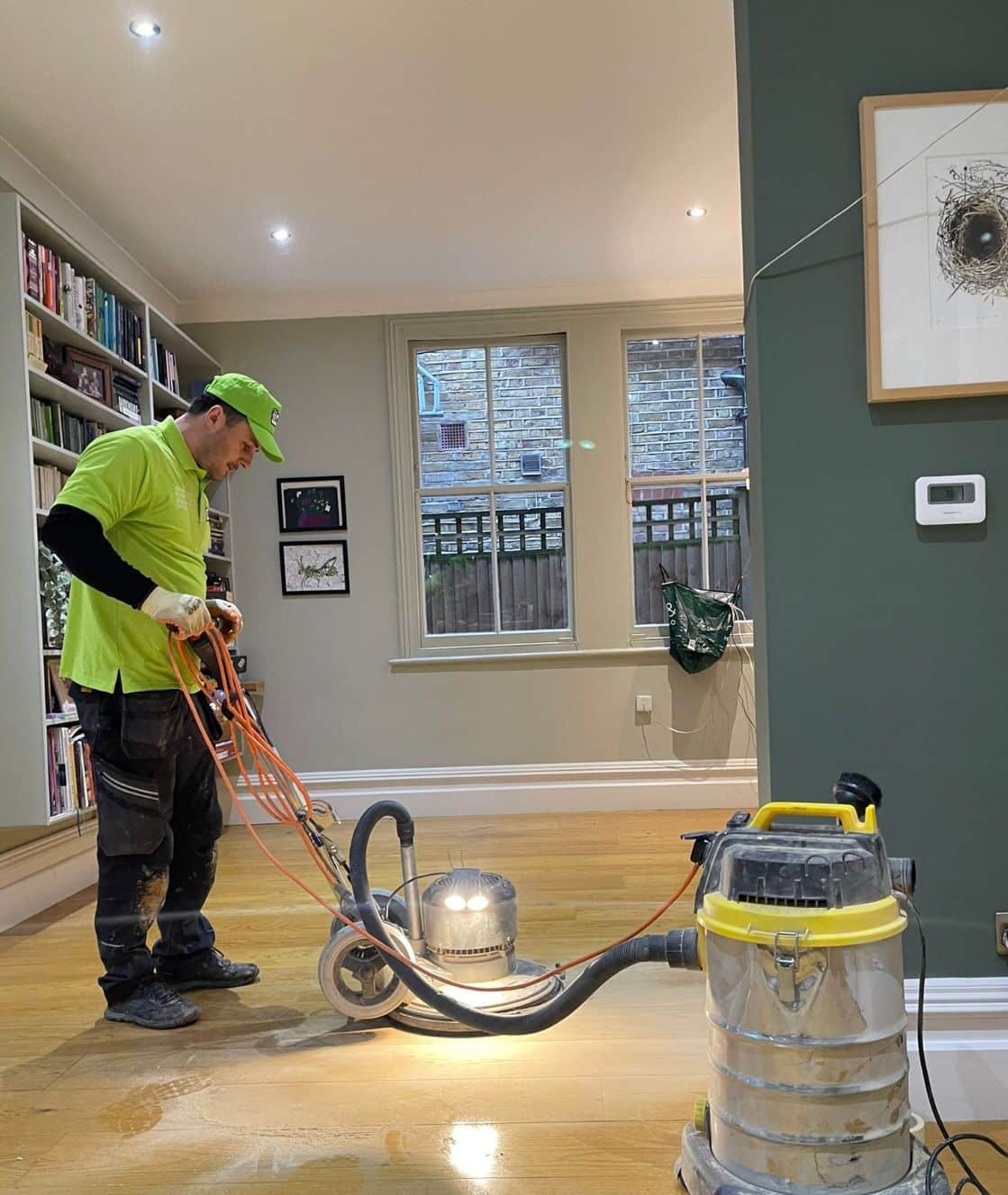
Understanding floor sanding
Floor sanding is a more intensive process compared to floor screening and is often employed for deeper restoration of wooden floors. This section will explore the nuances of floor sanding, its appropriate applications, and the benefits it offers.
Floor sanding involves the removal of the top surfaces of a wooden floor by sanding with abrasive materials. Unlike screening, sanding is a comprehensive process that can strip off old finishes, stains, and even a thin layer of the wood itself. It typically involves various grades of sandpaper and more heavy-duty sanding machinery. The main goal is to remove deep scratches, dents, and other significant signs of wear, creating a smooth, new surface that can be refinished.

Situations requiring sanding
Sanding is the preferred method when a floor shows more extensive damage or wear and tear. It’s suitable for floors that:
- Have deep scratches, dents, or gouges.
- Show signs of warping or unevenness.
- Contain old, stubborn stains or discoloration.
- Need a complete overhaul of their finish.
- Are being refinished with a significantly different colour or type of finish.
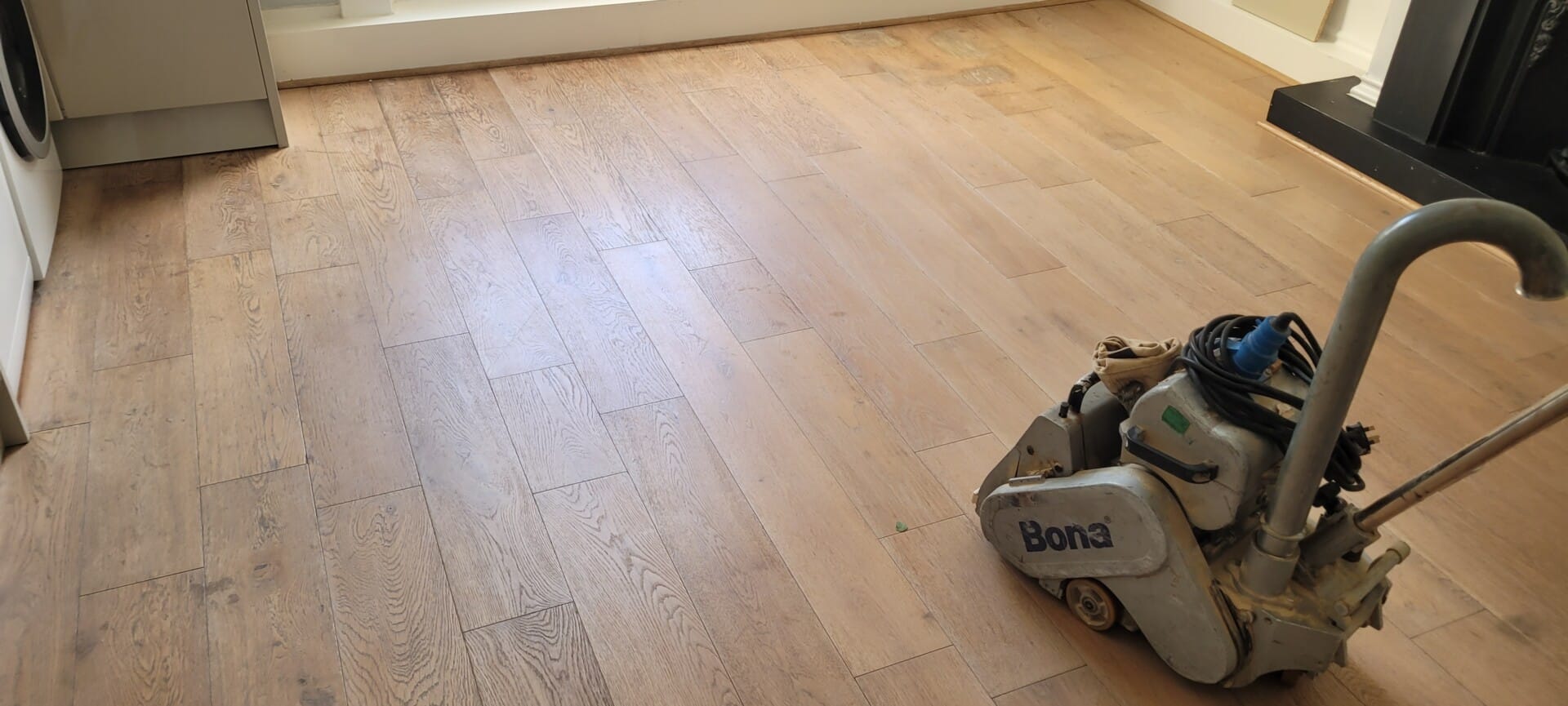
Advantages of Sanding
While more labour-intensive and time-consuming than screening, sanding offers several key benefits:
- Comprehensive Restoration: It can significantly restore and rejuvenate old, heavily worn floors.
- Customisation: Offers the opportunity to change the colour or type of finish, giving the floor a completely new look.
- Long-Term Solution: By addressing deeper issues, sanding can greatly extend the floor’s lifespan.
- Value Addition: A well-sanded and refinished floor can increase the aesthetic appeal and value of a property.
Floor sanding is a substantial undertaking but can be incredibly rewarding. It’s ideal for floors that require more than just a superficial touch-up, providing a thorough solution to restore the beauty and functionality of your wooden flooring. Whether you’re looking to revive an old family home or update a space with a fresh, modern look, sanding is a process that delivers profound and lasting results.
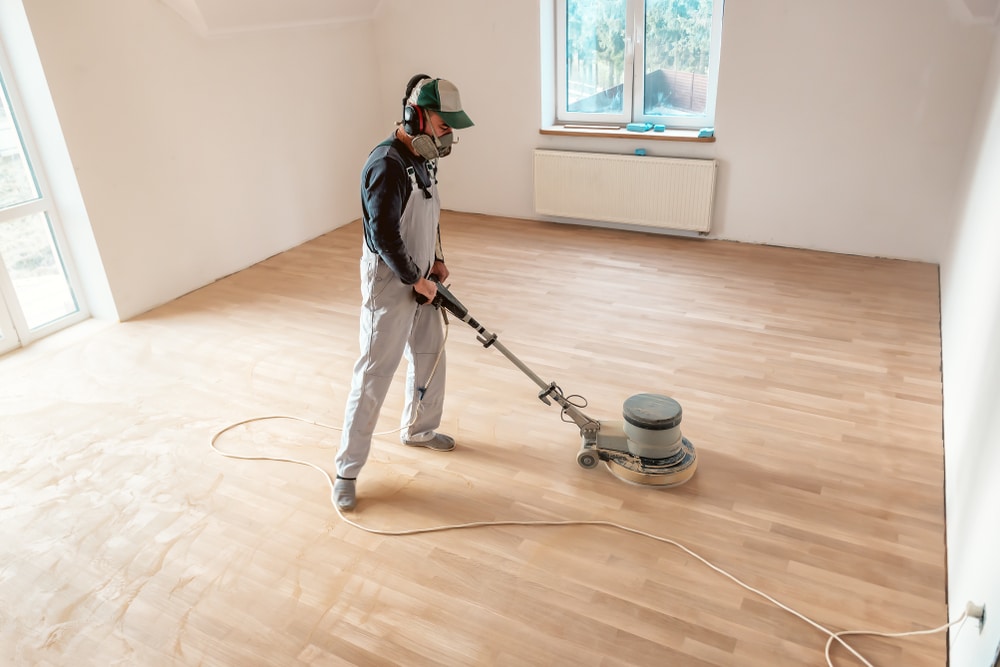
Screening vs. Sanding: Key Differences
When deciding between screening and sanding for your wooden floors, it’s essential to understand their key differences. This section outlines the distinct aspects of each process, helping you determine the most suitable option for your flooring needs.
Process Comparison
- Screening involves lightly abrading the top layer of the floor’s finish using a floor buffer and a fine screening pad. It’s a gentle process, primarily focused on prepping the floor for a new finish without removing significant layers of wood.
- Sanding is a more aggressive technique that involves removing the top layer of wood and old finish using heavy-duty sanding machines and various grits of sandpaper. It can level the floor, remove deep damage, and prepare the wood for a new finish.
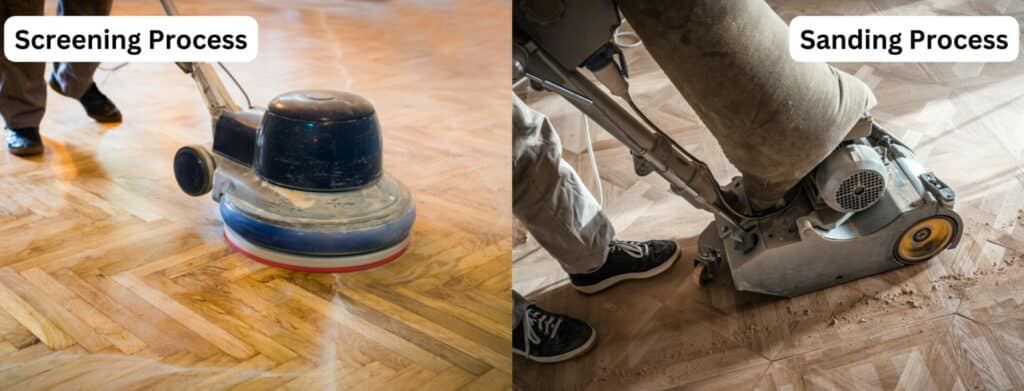
Results and aesthetics
Screening:
Ideal for floors with minor imperfections, screening refreshes the finish, making the floor look renewed without altering its fundamental character.
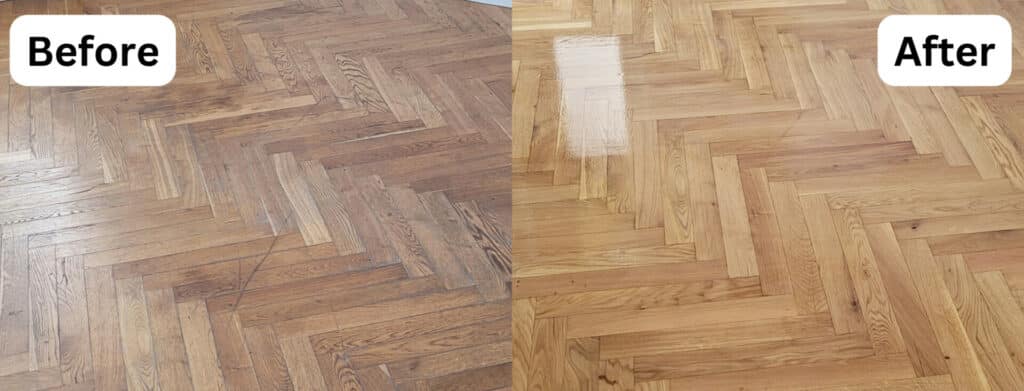
Sanding:
Best for floors with significant damage or for those requiring a complete makeover. Sanding can dramatically change the floor’s appearance and feel, allowing for new stains and finishes.

Time and cost implications
- Screening is generally faster and more cost-effective than sanding. It’s a less labour-intensive process and can be completed in a shorter time frame, making it a more budget-friendly option.
- Sanding is more time-consuming and typically more expensive due to the labour and materials involved. However, it’s a worthwhile investment for floors that need extensive restoration.

Suitability and longevity
- Screening: Suitable for regular maintenance and minor touch-ups. It extends the life of the current finish but does not address deeper wood damage.
- Sanding: Recommended for floors with considerable wear or those undergoing significant aesthetic changes. It can significantly extend the overall life of the floor by addressing both surface and structural issues.
DIY vs. professional services
- Screening is more accessible as a DIY project due to its less complex nature. However, professional services can ensure a more even and effective result.
- Sanding is often best left to professionals due to the need for specialised equipment and skills to achieve a smooth, level surface.
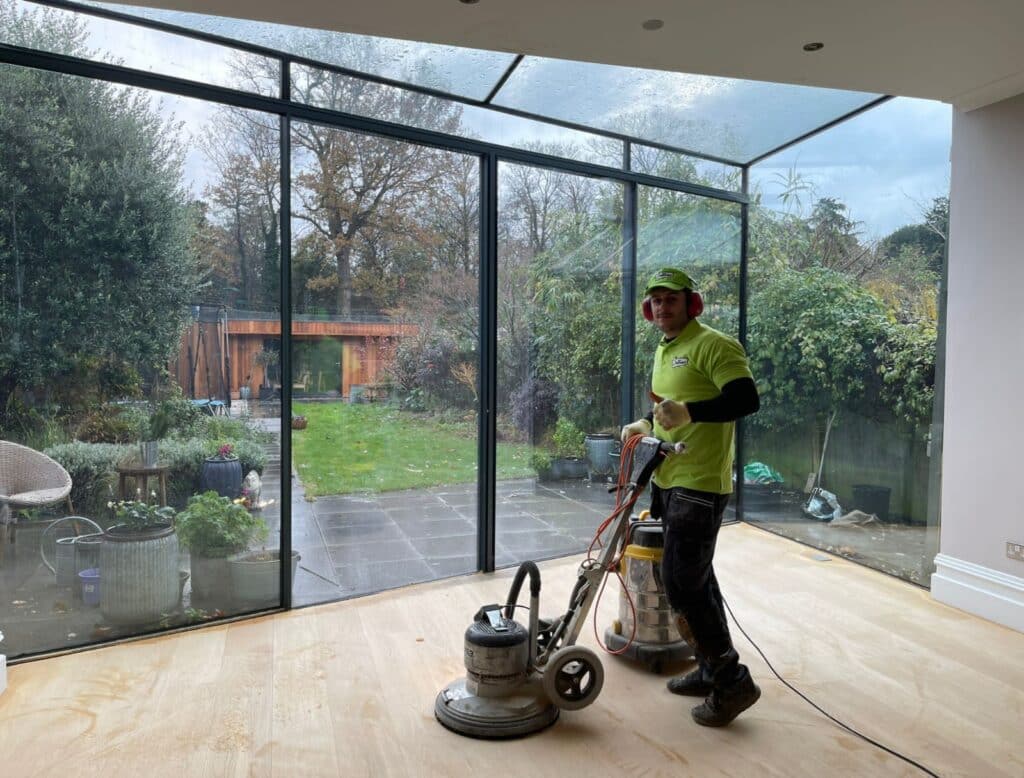
Understanding these differences is crucial to making an informed decision about the best care for your wooden floors. Whether you choose floor screening for a quick refresh or sanding for a comprehensive restoration, both methods have their own unique benefits and applications. The choice ultimately depends on the condition of your floors and your desired outcome.
Preparing for Screening or Sanding
Proper preparation is key to the success of either floor screening or sanding your wooden floors. Here’s a guide on how to prepare for both processes, including the necessary tools and materials and considerations for DIY versus hiring professionals.
Necessary Tools and Materials
For Screening:
- Floor buffer: essential for the screening process. Renting one from a local hardware store is a common option.
- Screening Pads: Fine-grit screening pads are necessary to attach to the buffer.
- Vacuum Cleaner: For cleaning up dust after screening.
- Mop or Tack Cloth: To clean the floor before applying a new finish.
- New Finish: The type of finish (e.g., polyurethane, varnish) will depend on your preference and the type of wood.
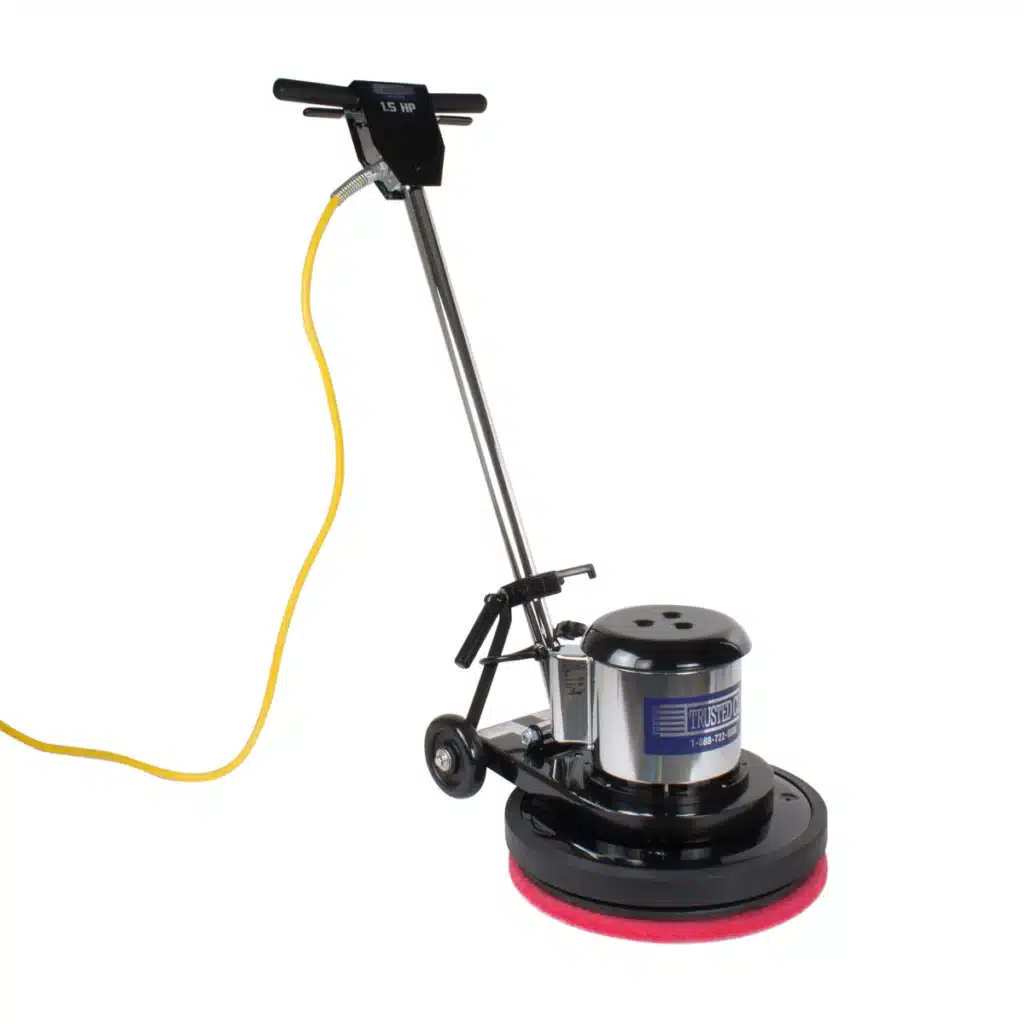
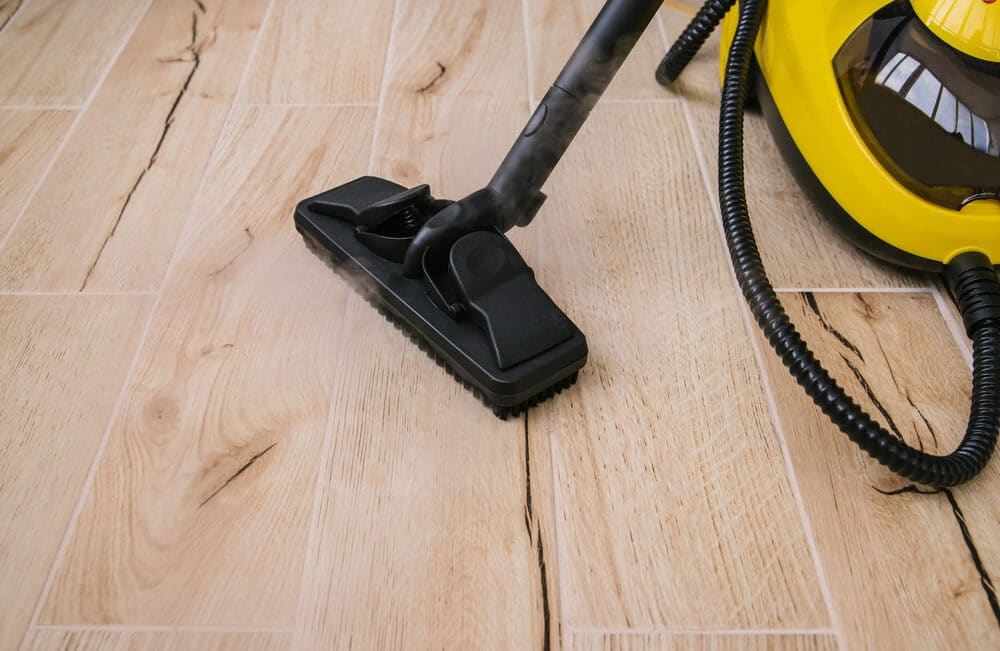
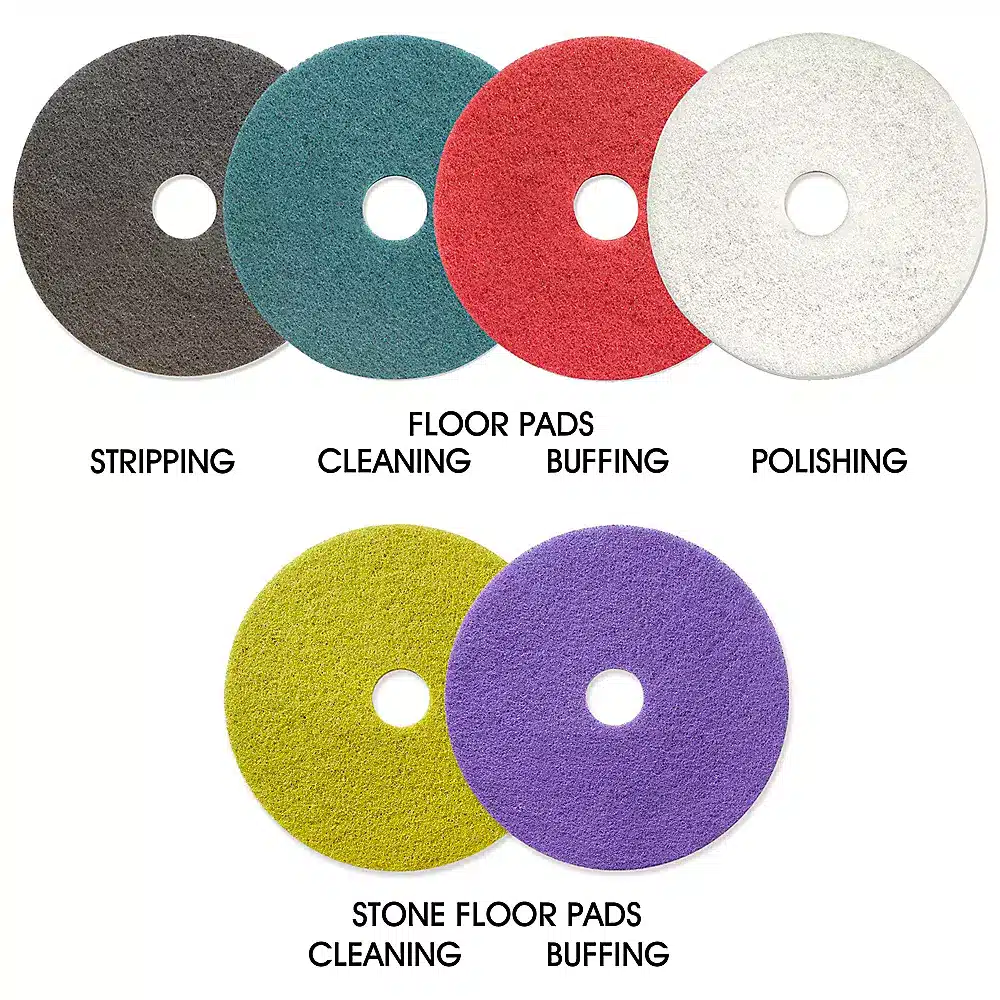
For Sanding:
- Sanding Machine: A heavy-duty drum sander for the main floor area and an edge sander for corners and edges.
- Sandpaper: Various grits, starting from coarse to fine.
- Safety Equipment: dust masks, ear protection, and safety goggles.
- Vacuum Cleaner and Broom: For cleanup during and after sanding.
- Wood Filler (optional): To fill in any cracks or holes before sanding.
- Stain and Finish: If you plan to change the colour of the wood or apply a new finish,.
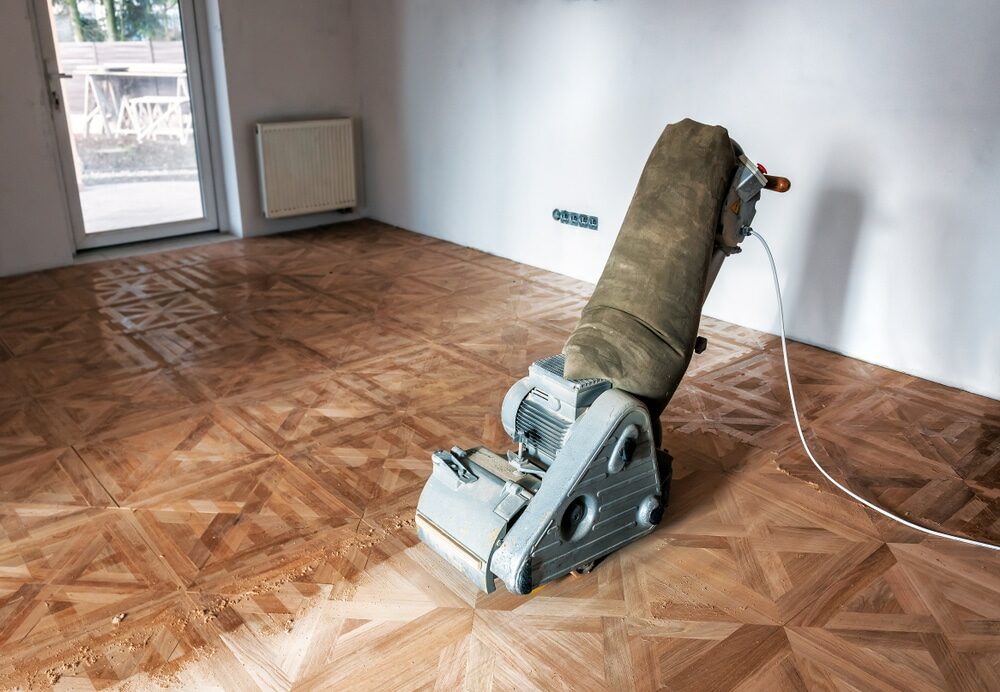
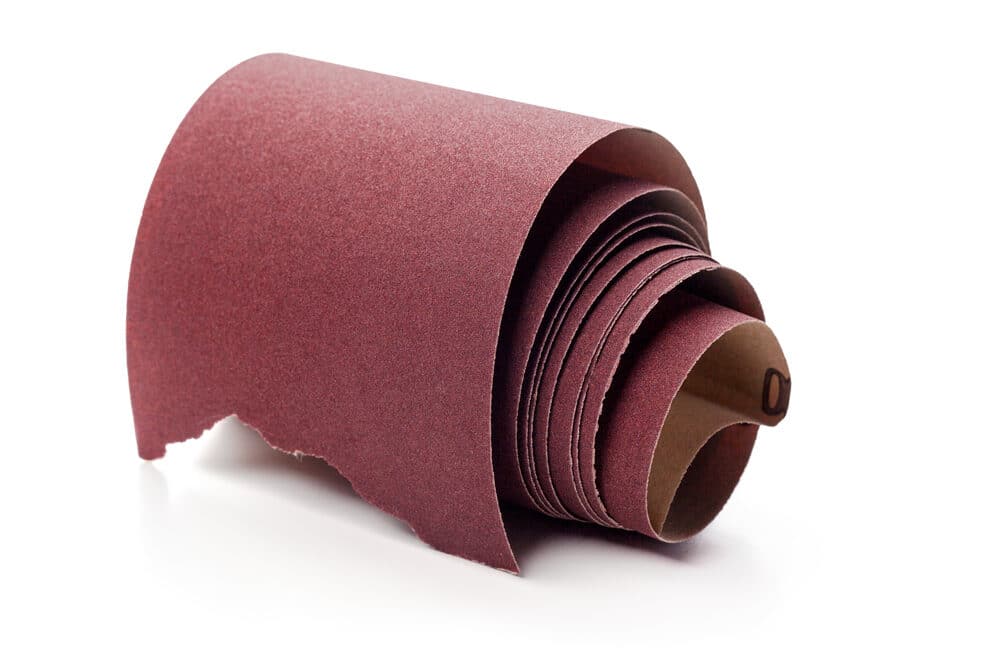
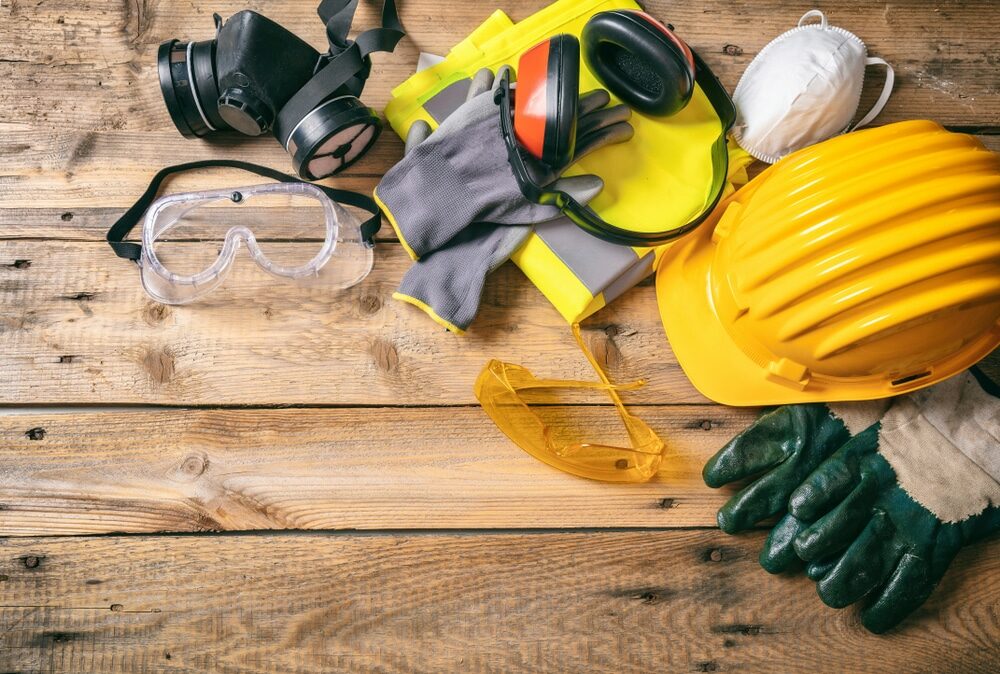
DIY Tips vs. Professional Services
DIY Considerations:
- Skill Level: Screening is generally more DIY-friendly than sanding, which requires experience to avoid damaging the floor.
- Equipment Rental: Both processes require specialised equipment, which can be rented, but ensure you’re comfortable using it.
- Time Commitment: Be prepared to spend a significant amount of time, especially if sanding, as it’s a labour-intensive process.
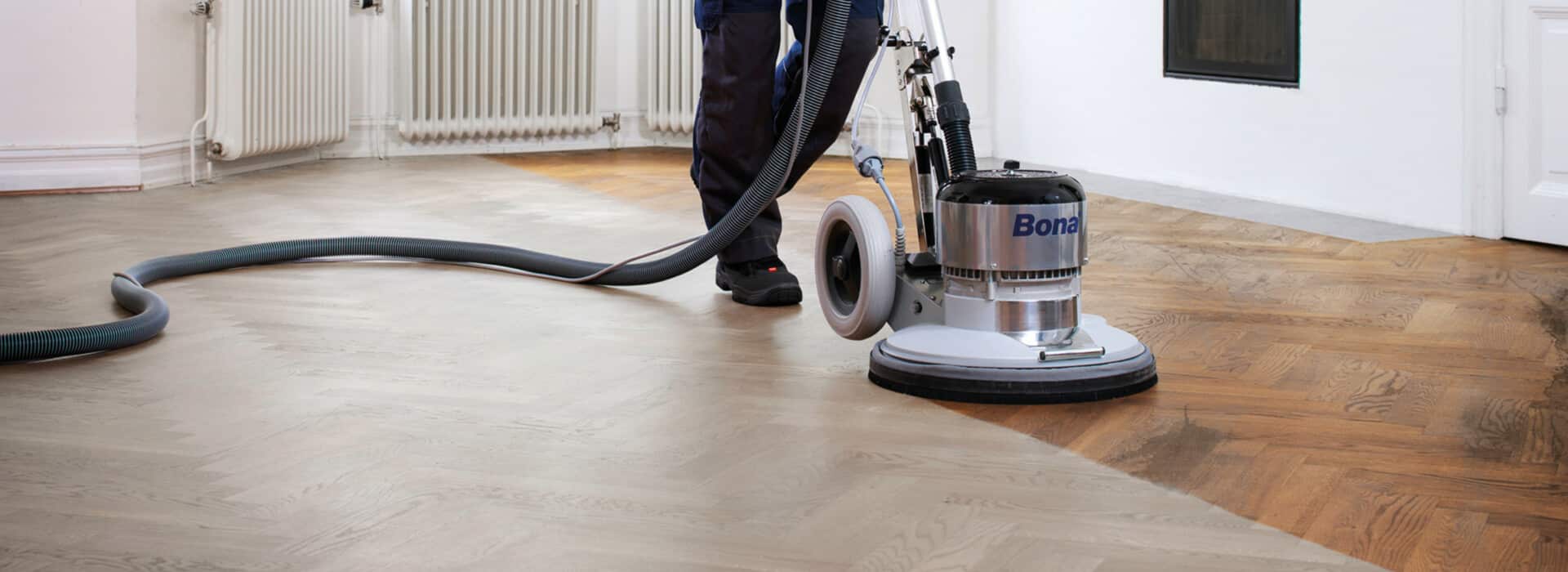
Hiring Professionals:
- Quality Assurance: Professionals bring experience and expertise, ensuring a high-quality finish.
- Time-saving: A professional team can complete the job faster and more efficiently.
- Less Hassle: This eliminates the need for you to rent equipment, purchase materials, and deal with the cleanup.
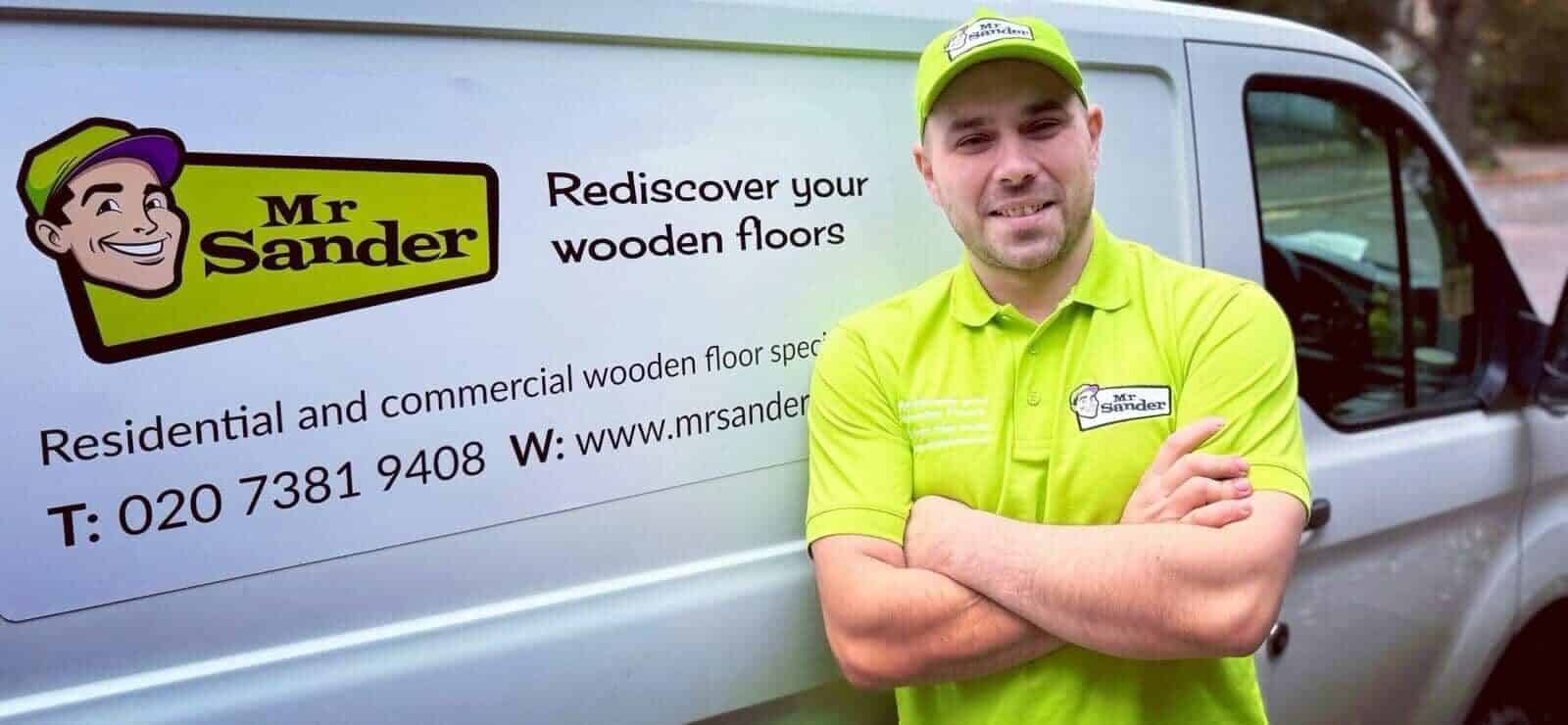
Preparing the space
- Remove Furniture: Clear the room of all furniture and fixtures.
- Clean the Floors: Ensure the floor is free of dirt, dust, and debris.
- Repair Damages: For sanding, fix any loose floorboards or nails.
- Seal the Room: To prevent dust from spreading, seal doors and windows with plastic sheeting, especially when sanding.
By properly preparing for screening or sanding, you can ensure a smoother process and better results. Whether you choose to do it yourself or hire professionals, the key is to understand the requirements and challenges of each option and plan accordingly.
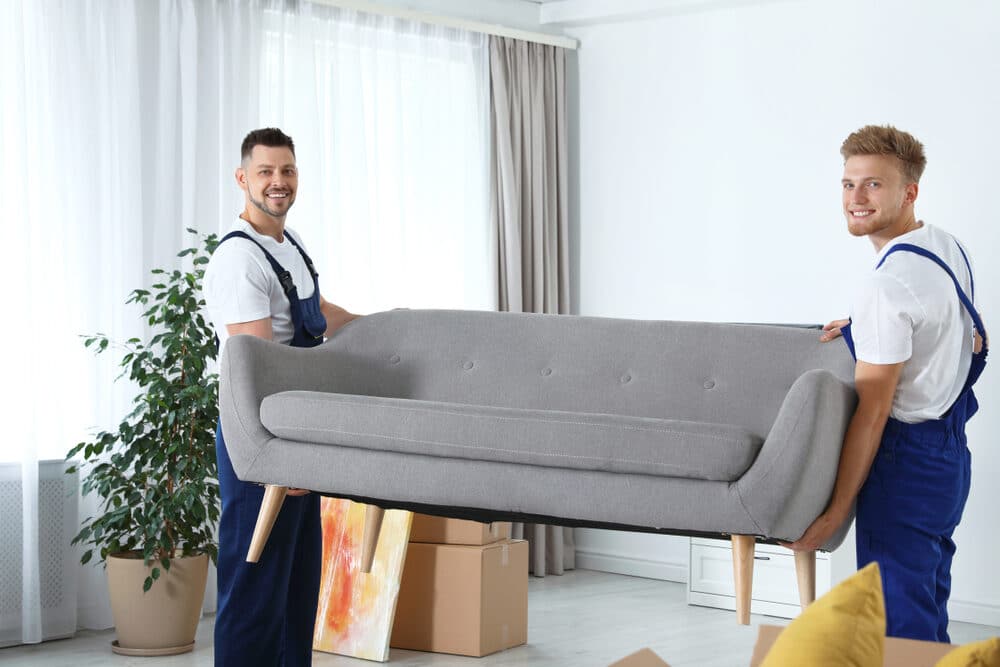
Maintenance Tips Post-Procedure
After completing either screening or sanding, proper maintenance is crucial to prolonging the life and appearance of your wooden floors. Here are some tailored tips for caring for your floors post-procedure:
For Screened Floors:
- Allow Proper Drying Time: After applying a new finish post-screening, allow ample time for it to dry and cure. This usually takes at least 24-48 hours, depending on the type of finish used and environmental conditions.
- Gentle Cleaning: Initially, clean your floors gently. Avoid using water or harsh cleaning agents during the first few weeks. Opt for a soft broom or dry mop to remove any dust or debris.
- Regular Dusting and Mopping: To maintain the sheen and cleanliness, regularly dust and mop the floors. Use a microfiber mop and a wood floor cleaner that’s compatible with the finish.
- Avoid Water and Spills: Water can damage the wood and the finish. Clean spills immediately, and never mop with excessive water.
- Use protective pads: Place felt pads under furniture legs to prevent scratches. Avoid dragging furniture across the floor.
- Rug Placement: Use area rugs in high-traffic zones to minimise wear and tear on the new finish.
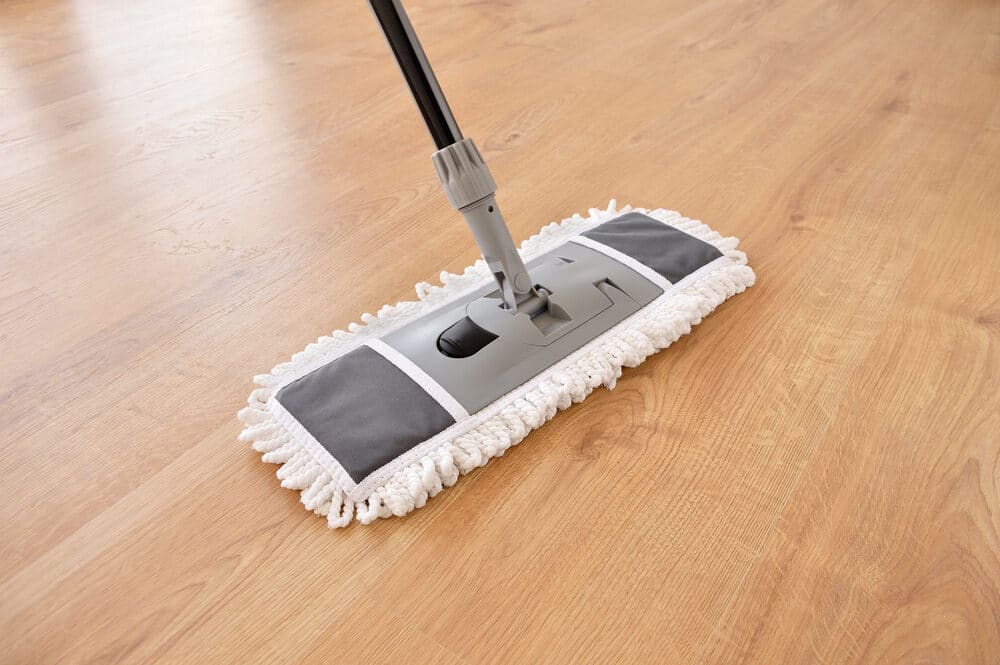
For sanded floors:
- Wait Before Moving Furniture: After sanding and refinishing, wait at least a week before placing furniture back. This gives the finish enough time to harden.
- Use Proper Cleaning Products: Use a pH-neutral cleaner specifically designed for hardwood floors. Avoid using oil soap, wax-based cleaners, or steam cleaners.
- Regular Maintenance: Dust and clean regularly to keep abrasive particles off the floor. Use a soft-bristle broom or a vacuum cleaner with a hardwood setting.
- Rugs and Mats: Place mats at entryways to reduce the amount of dirt and grit brought onto the floors. Use non-slip rugs in high-traffic areas.
- Climate Control: Maintain a stable indoor climate. Extreme changes in humidity and temperature can cause wood to expand and contract, leading to cracks.
- Recoating: Depending on the level of traffic, consider recoating the floors every few years to renew the protective layer.
Both screened and sanded floors require attention and care to maintain their appearance and durability. By following these maintenance tips, you can enjoy beautiful and long-lasting wooden floors. Remember, the key to floor maintenance is regular care and immediate attention to any spills or damages.
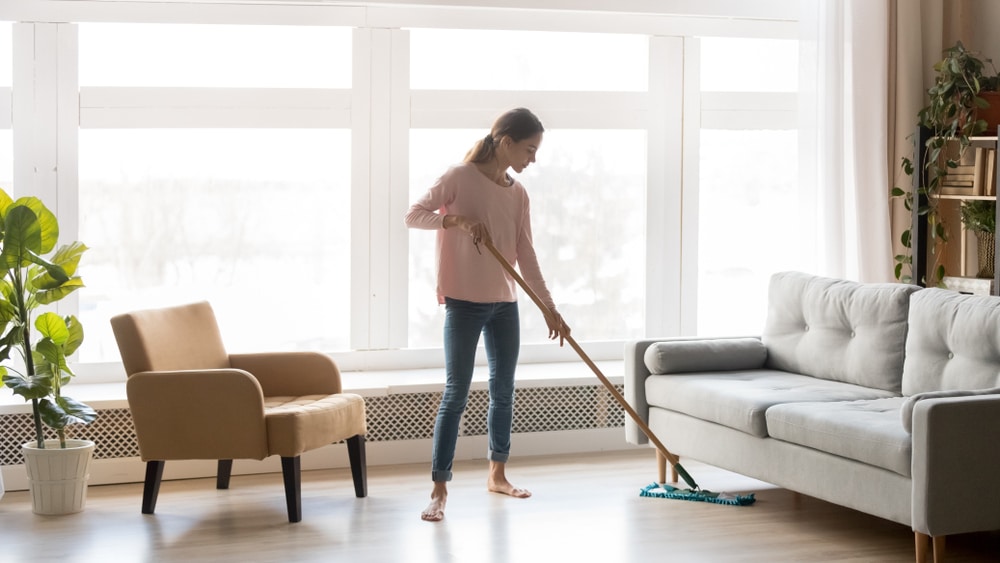
Conclusion
In this guide, “The Difference Between floor Screening and Sanding Your Floors,” we’ve explored the nuances of these two essential floor maintenance techniques. Understanding the distinction between screening and sanding is crucial for any homeowner or DIY enthusiast looking to preserve or rejuvenate their wooden floors.
Wood floor screening is a gentle, less invasive method, perfect for floors that need a touch-up or a new coat of finish without extensive damage. It’s cost-effective, quick, and can significantly enhance the appearance and longevity of your floors with minimal effort.
On the other hand, sanding is a more thorough and intensive process, ideal for floors with significant wear, deep scratches, or in need of a complete restoration. While more laborious and expensive, sanding can dramatically transform and revive an old, worn floor, adding beauty and value to your space.
Preparation and post-procedure care are critical, regardless of the method chosen. Properly preparing the space, choosing the right tools and materials, and understanding the process are key to achieving the best results. Post-procedure, regular maintenance, using the right cleaning products, and protecting the floor from damage are essential steps to ensure your floors remain in top condition.
We hope this guide has provided valuable insights and practical advice for your floor maintenance needs. Whether you opt for floor screening or sanding, both processes offer unique benefits and can significantly contribute to the beauty and functionality of your home. Remember, the choice between screening and sanding depends on the condition of your floors and your desired outcome. With the right approach, you can enjoy beautiful, durable wooden floors for many years to come.

Sanding
We provide virtually dust-free sanding with our continuous belt machinery with mobile extraction units, giving you a safer environment for your family.
Oiling
This organic finish not only adds beauty to your home but also has exceptional water-repellent characteristics, making it easier to clean and maintain.
Waxing
This natural floor finish offers the softest and most mellow appearance – and leaves your floor able to breath.
Buffing
Using soft buffing machines (and hand-polishing where required) will bring a wonderful sheen to your newly-finished floor.
Repairs
We offer a full assessment of your wooden floors to determine what repairs are needed to provide the perfect working surface for the later stages of sanding, staining and sealing.
Restoration
We offer a comprehensive restoration process designed to address floors that are improperly fitted or damaged over time through wear and tear.
Request a fixed price quote for your wood floor restoration now
Simply enter your postcode below to get started.
Services
Wood Floor Sanding Wood Floor Restoration Wood Floor Scratch Repair Squeaky Wood Floor Repair Parquet Floor Sanding Parquet Floor Restoration Commercial Floor Sanding Church Floor Sanding Community Centre Floor Sanding School Floor Sanding Gap Filling Gap Filling with ResinCopyright © Mr Sander®
Privacy & Cookies Terms & Conditions Complaints Procedure Cancellation Rights Sitemap